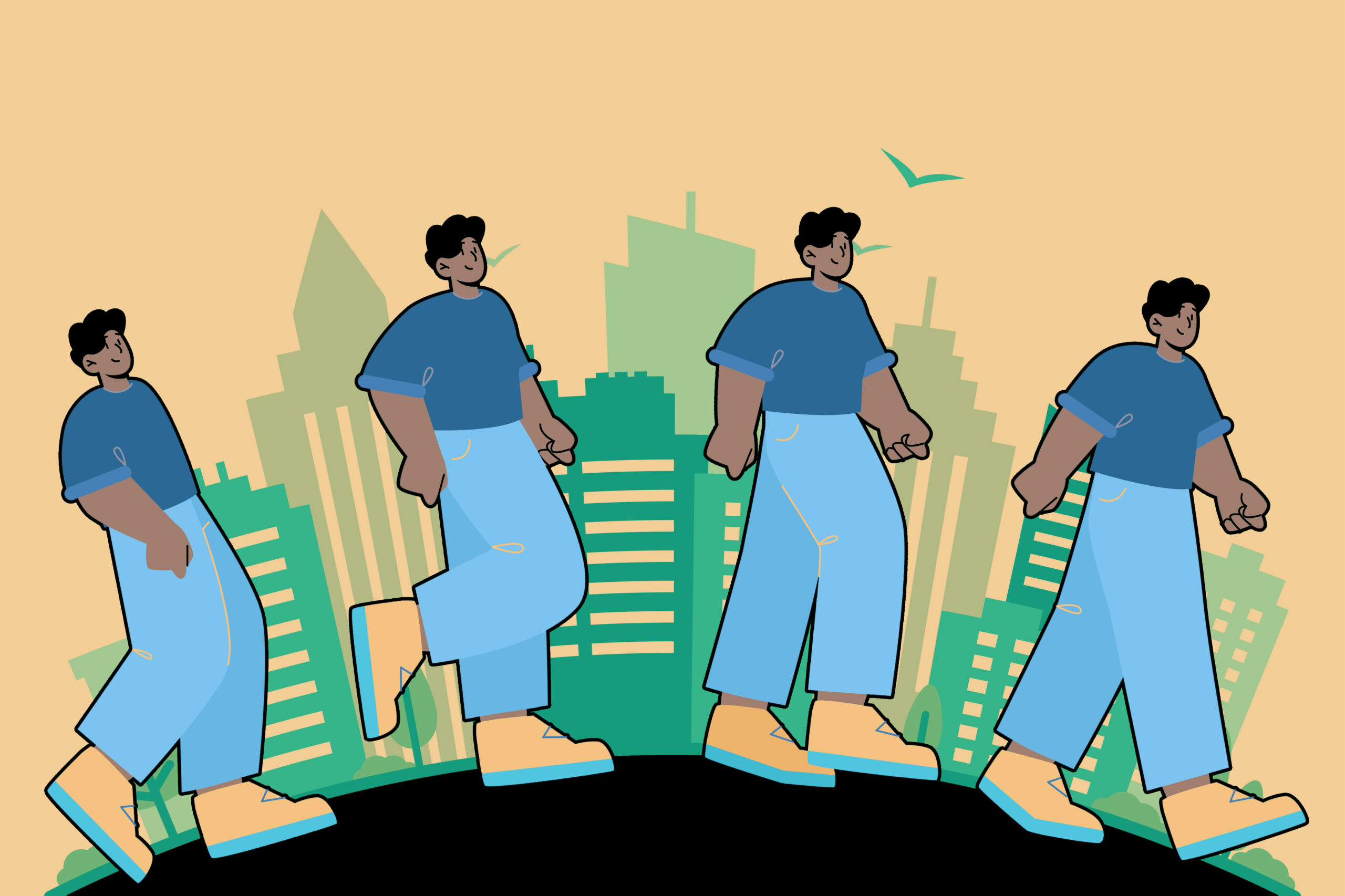
Imagine sitting on a park bench, watching someone stroll by. While the scene may constantly change as the person walks, the human brain can transform that dynamic visual information into a more stable representation over time. This ability, known as perceptual straightening, helps us predict the walking person’s trajectory. Unlike humans, computer vision models don’t typically exhibit perceptual straightness, so they learn to represent visual information in a highly unpredictable way. But if machine-learning models had this ability, it might enable them to better estimate how objects or people will…



